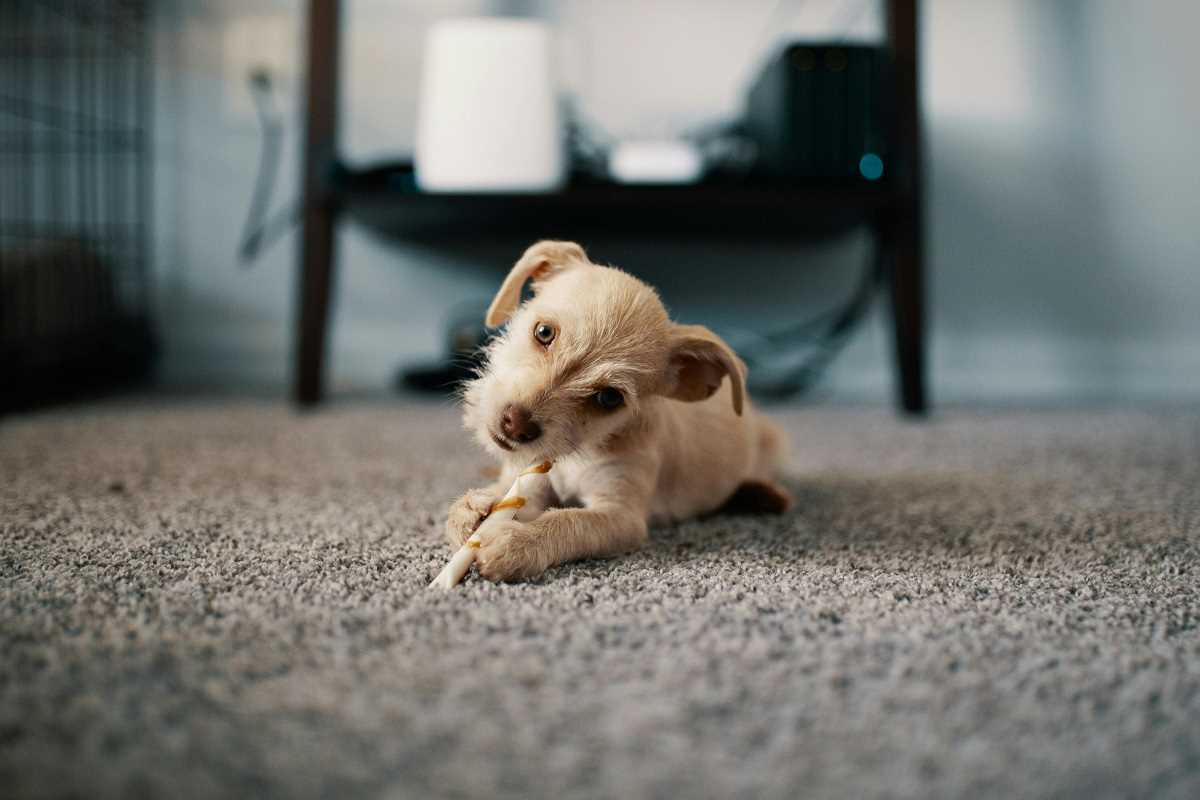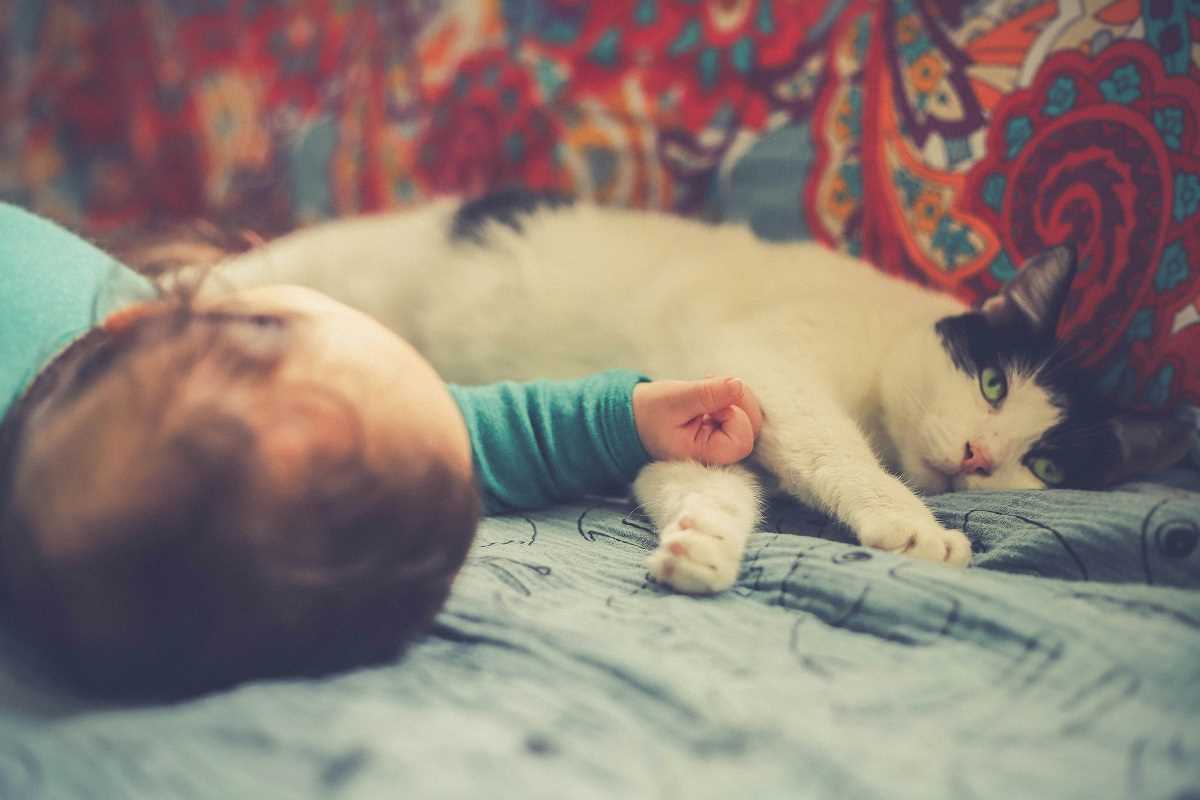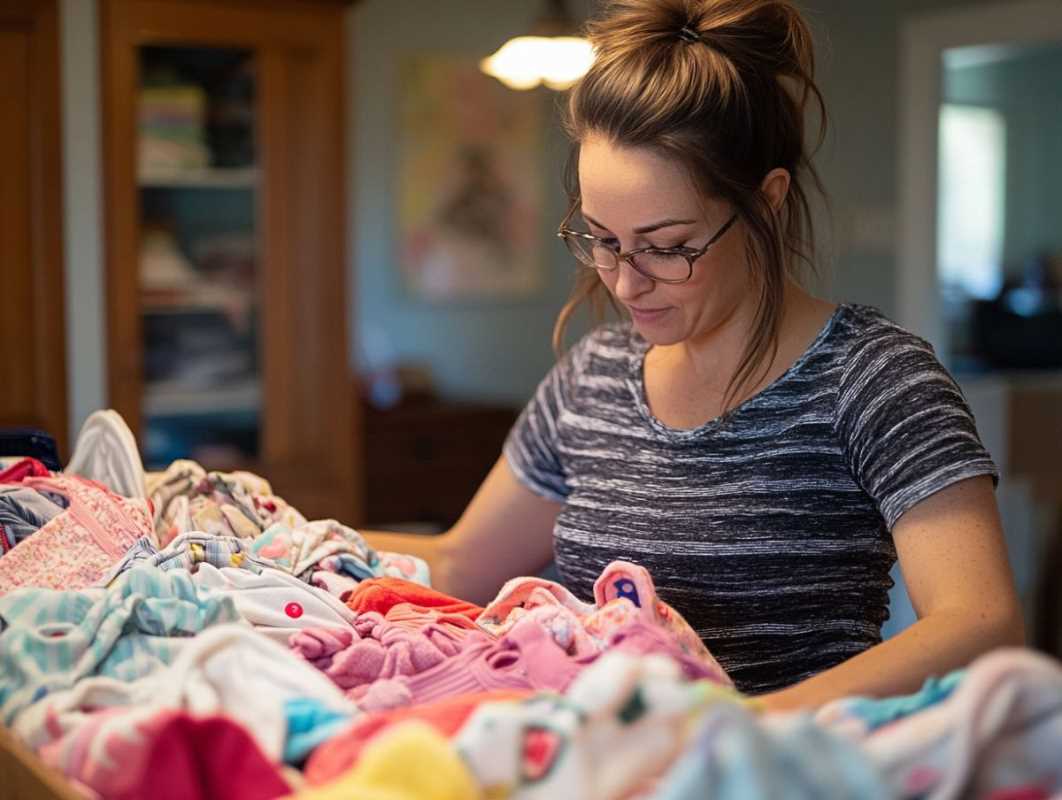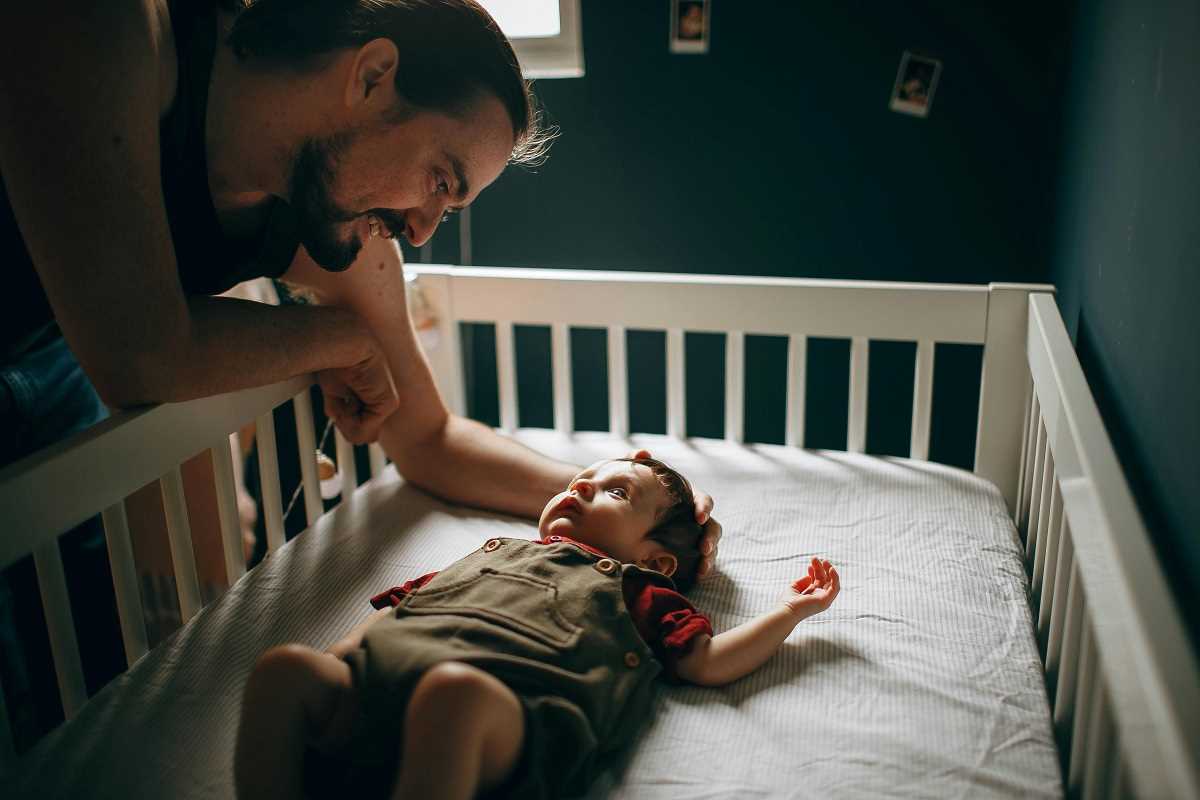Drawer chaos is every parent’s worst nightmare—shirts tangled with socks, puzzles buried beneath pajamas, and those ever-elusive missing hair ties. Organizing your kid’s drawers isn’t just about keeping things tidy; it’s about creating a system that works for them (and you) while teaching some valuable life skills along the way. With a few creative strategies, you can make drawer organization a breeze and maybe even a little fun.
Here are some practical, kid-friendly tips to get those drawers under control for good.
1. Start Fresh with a Good Purge
The first step in drawer organization? Clearing out what’s not needed. Kids grow fast, and drawers tend to collect items that are either outgrown, rarely used, or downright forgotten.
Steps for a Productive Declutter:
- Sort Everything – Take everything out of the drawers and sort into piles like “keep,” “donate,” and “trash.”
- Get Kids Involved – Ask your child to help decide what stays and what goes. It’s a great way to teach decision-making and encourage ownership of their space.
- Think Seasonally – Store off-season clothes in a separate bin to free up space for what they’ll actually wear.
Once you’ve purged, it’s much easier to start organizing a clean, manageable inventory.
2. Use Drawer Dividers for Better Categories
Does your child dig through piles of clothes to find their favorite pajamas? Drawer dividers are your new best friend! These handy tools create sections within the drawer, making it easy to group and locate items like socks, leggings, or shirts.
Ideas for Dividers:
- Plastic or Fabric Dividers – These are adjustable and perfect for separating small items like underwear or socks.
- DIY Dividers – Use cardboard boxes, old shoebox lids, or even repurpose cereal boxes cut to size.
- Expandable Drawer Inserts – Great for larger drawers to keep shirts, pants, and sweaters neatly in place.
Bonus Tip:
To make it even easier, assign a drawer or divider section to items your kids grab the most (like their school uniforms or favorite T-shirts).
3. Label, Label, Label
Labeling might feel like overkill, but trust me—it works. Labels give kids a visual reminder of where everything belongs, making it simpler for them to maintain order.
Labeling Ideas:
- Picture Labels for Younger Kids – Use visuals like photos, drawings, or stickers to show kids where things go. For example, a sock label could feature a small image of socks.
- Text Labels for Older Kids – Use chalkboard stickers, printed labels, or a label maker for a cleaner look.
- Color Coding – Assign colors for different categories or for each sibling using the same drawer unit.
Not only does this strategy alleviate confusion, but it also empowers kids to sort and put things away on their own!
4. Rotate Seasonal Clothes for Better Accessibility
Drawers can only hold so much, especially when it comes to bulky sweaters in summer or shorts in winter. Save the space for what’s currently useful by rotating seasonal clothes.
How to Rotate Clothes:
- Store off-season clothes in clear bins or vacuum-sealed bags labeled with the season (e.g., “Winter,” “Summer”).
- Keep these bins in an accessible spot like under the bed, in the closet, or on a shelf.
- Swap the contents of the drawers every season so your kids only have what they need available.
This reduces the time spent rifling through irrelevant items and ensures their drawers don’t overflow!
5. Teach Categorizing in a Fun Way
Drawer organization isn’t just a chore—it’s a teaching moment! Help your kids learn to categorize items by turning it into a game or a fun activity.
Make Categorizing Fun:
- Matching Game – Challenge your child to match socks or pair similar items (T-shirts, pajamas) while filling their drawers.
- Sorting by Day – Create a day-of-the-week drawer layout. Your child’s “Monday drawer” could include an outfit for school plus extras like socks and undies.
- Color Themes – Ask your child to organize their clothes by color—this adds creativity and decision-making to the mix.
By involving your kids in the categorizing process, they’re more likely to stick with the system because it feels personal and fun.
6. Use Clear Bins or Mesh Bags for Accessories
Small accessories like hair ties, belts, or tiny toys can easily get lost in a drawer. To combat this, use separate containers for better organization.
Accessory Solutions:
- Clear Containers – Small clear bins keep accessories visible yet contained. No more digging for that missing headband!
- Mesh Bags – These are perfect for storing socks or small toys within a larger drawer section.
- Drawer Pockets – Insert hanging pocket organizers inside a drawer for items like sunglasses or costume jewelry.
This setup makes finding and returning small items simple, even for the youngest kids.
7. Create a “Grown Out” Section
Another common drawer dilemma is figuring out what to do with clothes your child has outgrown. Instead of waiting for drawers to overflow, have a designated bin or space for this purpose.
How It Helps:
- Teach your kid to place ill-fitting items in the “Grown Out” bin immediately instead of cramming them back.
- Once the bin is filled, sort through it together for donations or storage for younger siblings.
This prevents drawers from filling with items that no longer fit, keeping the system clean and usable.
8. Simplify and Streamline the System
While fancy organizers and detailed systems are great, nothing beats simplicity when it comes to maintaining drawer order.
Keep It Simple:
- Limit the number of items per drawer—no one needs 30 T-shirts!
- Assign drawers by category (e.g., tops in one drawer, bottoms in another) rather than cramming everything into one spot.
- Make the most-used items the easiest to reach. For instance, keep socks and underwear in the top drawers.
Easy systems are far more sustainable for energetic (or distracted!) kids.
9. Make It Readily Accessible for Little Hands
Kids are more likely to keep drawers organized if they don’t have to struggle to reach or open them. Here’s how you can make things more accessible:
- Use lower drawers for items your child needs daily, like pajamas or play clothes.
- Choose organizers that are lightweight and easy for small hands to lift and manage.
- Consider furniture with built-in soft-close drawers—a much quieter option for busy households!
Empowering your kids with easy access encourages their independence and makes tidying less daunting.
10. Cherish Their Hard Work
Finally, make organizing a positive and rewarding experience for your child. Celebrate their good work once the drawers are all set up by showing appreciation or even giving a small reward, like a sticker or a special treat.
Encouragement Ideas:
- Take a picture of the organized drawers and stick it on the wall as a reminder to keep it neat.
- Create a reward chart for them to earn points for maintaining cleanliness.
Keeping kids’ drawers organized doesn’t have to be stressful—involving them in the process and celebrating their efforts helps build habits that last.
A well-organized drawer system doesn’t just make your life easier—it helps your kids develop valuable skills like categorizing, tidying, and taking pride in personal space. With simple solutions like dividers, seasonal rotations, and labeled containers, you’ll find a system that actually works—and sticks.
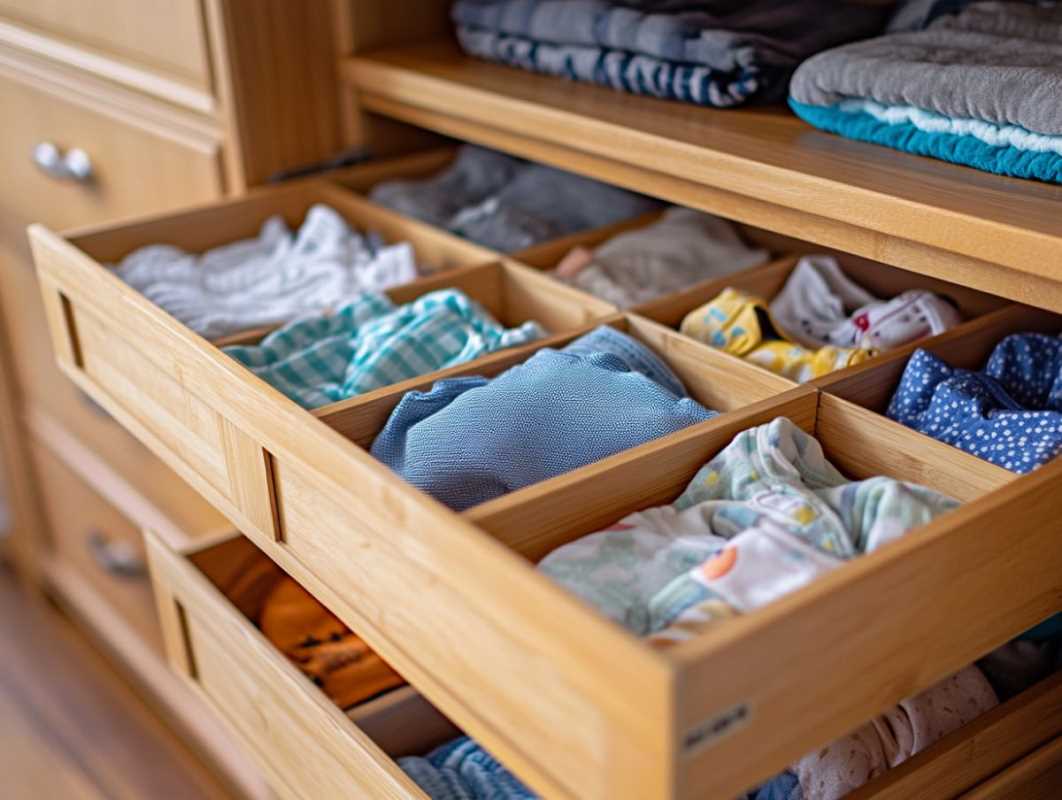 (Image source: Midjourney)
(Image source: Midjourney) 


